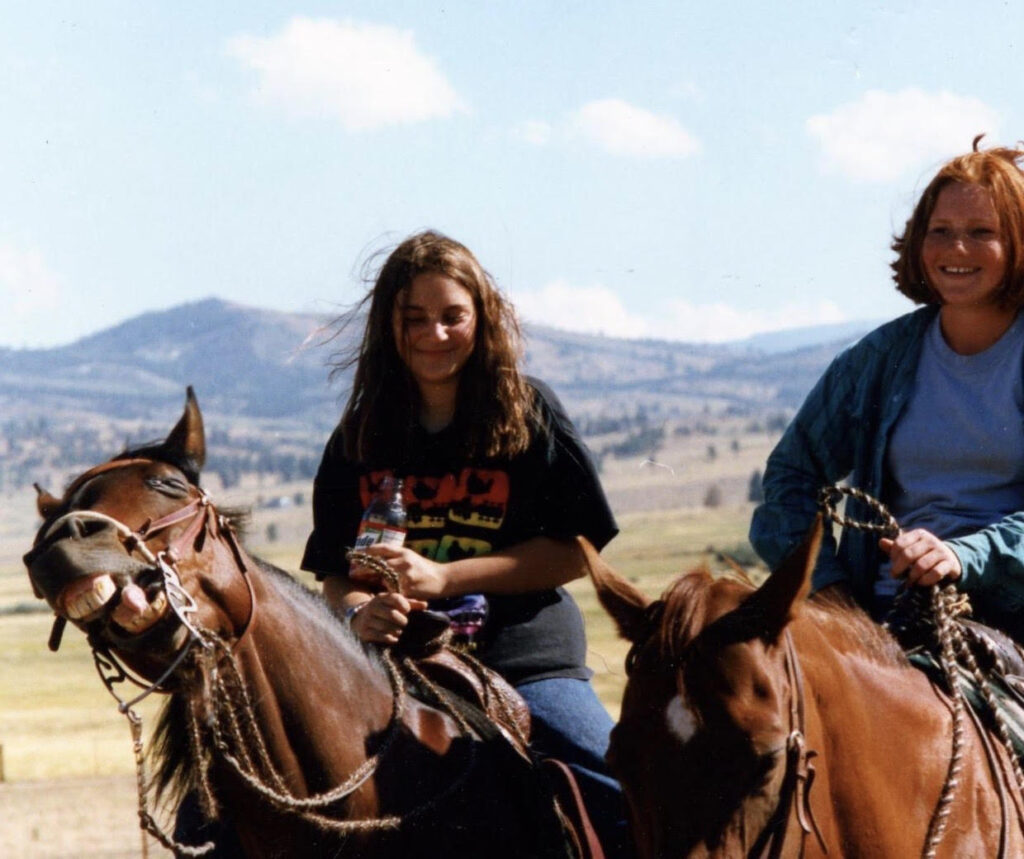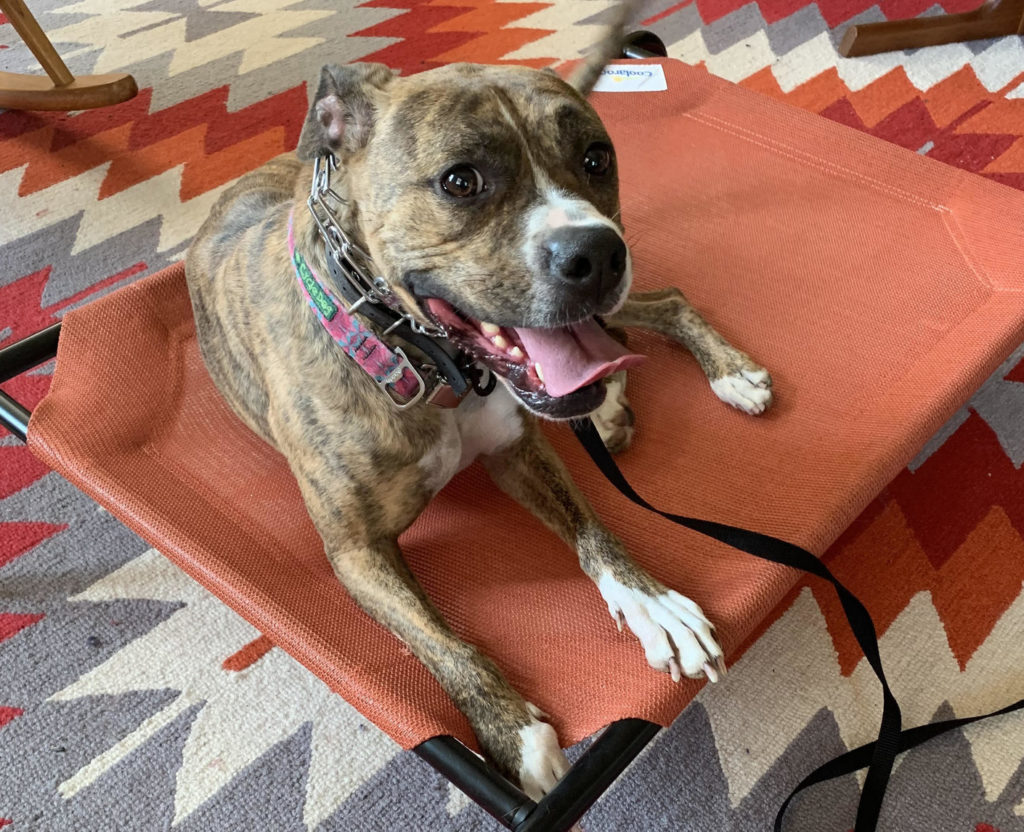Menu
Balanced Dog Training
Portland Oregon
Professional Dog Training Portland
Balanced dog training in Portland, Oregon. My name is Ren and I am passionate about the work I do with dogs and helping my clients to improve their lives by improving the relationship with their dog. Additionally, I assist my clients with leash reactivity in dogs, pulling on walks, stopping unwanted behaviors and e-collar training in Portland, Oregon.
I utilize the approach of balanced dog training which uses the four quadrants of operant conditioning to communicate to dogs in a precise manner what are wanted and unwanted behaviors.
Anxiety creates so many issues and behaviors in dogs. I experience balanced dog training as the most effective way to move dogs into a balanced and calm state of mind. This helps to eliminate many of those annoying and dangerous behaviors so you can enjoy your dog more. If you are needing help with any of the issues listed below, check out my site and some of my before and after VIDEOS.
I help people have breakthroughs with their dogs.
In my supportive dog training program you will improve your relationship with your dog.
If you are interested in my dog training services in Portland Oregon, please check out my SERVICES and then fill out the CONTACT ME form on my site to book a FREE 20 MINUTE CONSULTATION!
If you are interested in a VIRTUAL CONSULTATION, I am available for virtual dog training sessions to help you troubleshoot any dog training issues!

Get Your Guide to Balanced Dog Training!
This book is a “must have” for any owner that is struggling and needs clarity on how to approach behavioral issues and training with their dogs.
Is your dog…
- Pulling on the walk
- Leash reactive
- Not coming when called
- Generally wild around the house
- Not listening to direction
- Jumping on your house guests
- Chasing the cat
- Jumping on your counter tops
- Rushing through doorways/thresholds
- Guarding resources (bones/toys)
"The quality of your life is the quality of your relationships," Tony Robbins.
Portland Dog Training
About Ren



My Background
I have been a balanced dog trainer in Portland Oregon for several years. Balanced dog training helps me and my clients move through issues quickly and effectively. In addition, it also helps us to cultivate a better relationship and connection with our dogs.
My Teachers
My personal style is a mixture of different methods from the various teachers I have studied with. Over the years I have been attending dog training seminars and studying with world famous teachers such as Cheri Lucas (who worked extensively with Cesar Milan) and Sean O’shea (from The Good Dog in New Orleans). In addition, I have also studied with Jeff Gellman (from Solid K9 Training in Rhode Island which rehabs the most aggressive dogs in the country).
I have learned a lot about dog psychology from Cheri Lucas and love teaching my clients how dogs think and perceive their environment. When this is understood, so much can change.
Horseback Riding Experience
I also have an extensive background in training horses. When I was a teenager I studied horsemanship intensively with a cattle rancher and a true cowboy Mike Bridges who wrote, The Art of Making a California Style Vaquero Bridle Horse. His approach was very, “horse whisperer,” as in gentle but effective.
I had a very difficult Arabian horse that would often try to combatively throw me off. Honestly, he was so wild, my life was in danger while riding him. However, at the end of my studies with Mike, I was herding cattle on his ranch. My horse and I were working as a team and completely tuned into each other. It was an incredible transformation that I worked extremely hard for. I take a lot of my lessons and philosophy from the horse world and apply it to balanced dog training. READ MORE about my story.
Other Credentials
In addition to dog training I have worked in a Level 1 trauma center as an interfaith hospital chaplain doing crisis intervention. Furthermore, I hold a Masters of Divinity degree from the Graduate Theological Union Seminary in Berkeley, CA. This type of work requires a certain amount of communication skills in addition to inner strength. I really attribute a lot of my inner strength to my mother and the lessons she has taught me about dogs and life.
Working with dogs with behavioral issues takes an incredible amount of mindfulness and skill. I have found personal and spiritual development to be imperative to working with dogs and people and hope to be an inspiration to others. Similarly, I am also inspired by my clients and the development of inner strength they cultivate through improving their relationship with their dog.
How I Got into Dog Training
It all started when I adopted a dog from the pound that had a ton of behavioral issues including human and dog aggression, leash reactivity, pulling on walks and cat chasing. Although I knew a little about balanced training techniques from my own personal experience with my other dogs, I really hadn’t mastered them. All of it was pretty confusing.
Positive Reinforcement Training Failed Me
I was overwhelmed. I had even consulted a pure positive only trainer for advice but got only a 30% improvement with treats.
My dog would still blow up at dogs and people on the walk. Knowing that something had to give, I desperately dug into YouTube until I found some real leaders in the field. Finally, within 1 week (with the proper equipment – the prong and e-collar), the adorable maniac I got from the pound was a completely different dog. He was responding to me with a new understanding of what behaviors I wanted and did not want.
He is one of my favorite dogs of all time (Kimchi). Now I help people with dog training Portland, Oregon. Furthermore, I love assisting my clients with their dogs because I know what it’s like to struggle.
Every year 670,000 dogs are euthanized in the United States. A lot of these dogs are being surrendered due to unmanageable behavioral issues (growling, nipping, excessively barking, jumping, leash reactivity etc). It is my mission to help owners keep their dogs by assisting them with efficiently fixing dog behavioral issues and stopping unwanted behaviors.
If you’re looking for professional dog training Portland, Oregon, check out my website for more information.
Dog Training Portland, Oregon...
Check out the VIDEOS on my website!
I provide in home dog training in Vancouver, dog training in Beaverton, and dog obedience training in Gresham, Oregon.
Please CONTACT ME to schedule a FREE 20 MINUTE CONSULTATION…

More Testimonials
My partner and I could not recommend Ren more! We have a very anxious and fence reactive dog, and Ren was able to teach us the skills to manage his anxiety.When Ren came to the first session, we could barely talk with her because our dog was barking so much. After that session, he was a complete angel around her - she really knows her stuff! We learned that most of his challenges were due to our lack of structure and boundaries, and now we know how to be effective pack leaders! We couldn’t believe our dog’s skills by the last session and we’re so excited to continue working with him now that Ren has taught us how.10/10 recommend for anyone with an anxious, reactive, or difficult dog! Ren is also incredible and really took the time to teach us the psychology behind each skill, which we appreciated 😊
Ren is absolutely the best!! I wish I could give 10 stars! My dog is a reactive and anxious dog.When I met Ren, I was at a point where I wanted to rehome my dog. It was very difficult to handle a large reactive dog, and I became anxious dealing with her. Before going to Ren, I tried many different dog trainers, training classes, training aids, and methods. Nothing worked!I'm not even kidding here, but 5 minutes after Ren worked with my dog I saw a change. It was incredible!! My reactive dog became obedient and calm immediately with Ren right before my eyes.I was completely stunned by Ren's gentle yet assertive handling of my dog. Over the course of several weeks, I felt like I had a new dog. Ren is extremely knowledgeable of dog psychology and how much it affects their behavior. She explained it all to us making very clear how it all worksRen is extremely patient, too, as we asked millions of questions during our sessions with her and she spent extra time working with us making sure we understood. She educated me on how my own behavior toward my dog affected my dog's behavior. This aspect of her training truly helped me to understand how to work with my dog and why she was reactive.
Ren taught me and my family how to work with my dog. Although it sounds like magic, we definitely put in the necessary work to train with Ren's support and guidance.Most importantly, because of Ren, I didn't give up on my dog and I now have a terrific family pet. We love her Soo much! Still a work in progress, but definitely not the same dog I had before going to Ren. Ren is an absolute MUST if you need a professional to help you with your dog (& yourself). 😉
Ren tells is like it is while giving owners the guidance they need to transform their relationships with their dogs. She is one of the most hard-working & dedicated people I know; she’s constantly learning, growing, & improving her skills. And she’s a fantastic human being in addition to being an awesome trainer! Here’s a photo of her walking my dog who can be pushy & difficult to handle. She makes it look easy.
Ren knows her stuff !!!
She’s pretty amazing, after only 3 sessions, she was able to teach my husband and I how to handle
Our very leash aggressive Chocolate Lab, it’s like he’s a different dog !
I can now walk him everyday by myself, something I hadn’t been able to do with him in about 4 years, he was just too strong and reactive when he saw another dogs .
Ren’s calm approach and solid advice was so helpful, we are very happy that we met Ren and totally
Recommend Balanced pack K9 training.
Previous
Next







